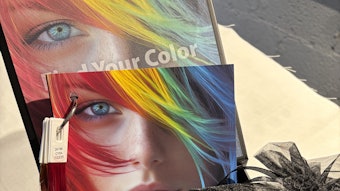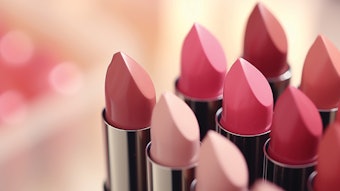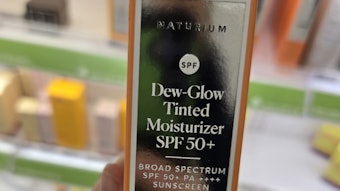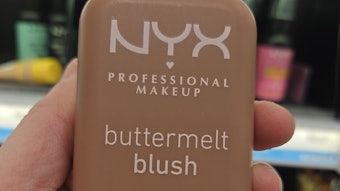
This year’s IFSCC Congress featured a session entitled “Beauty Has No Borders,” where topics such as the effect of ethnicity on human axillary odor and the hair growth parameters of certain ethnicities were discussed.
During this session, Guive Balooch, Ph.D., gave a presentation on the effects that technology will have not only on the chemists working in the lab, but the entire beauty industry. Balooch began by talking about the ways that technology, whether on a smart phone, via an app or a new scientific technology, creates new connections and experiences between consumers and products.
The new system diagnoses the skin, creates the correct formula for it, puts the product into the formula blender and packages the final product in a customizable and personal way.
He touched on three “pillars of beauty technology” that he and his team are focused on at L’Oréal: personalization, coaching and virtual try-ons.
- Personalization: Brands need to create custom products for consumers’ needs.
- Coaching: Brands need to explore the use of smart tools, sensors and data to adapt to consumer needs.
- Virtual try-ons: Brands need to utilize consumers’ smartphones and devices for quick, easy, try-on in the palm of their hands.
Shade-matching
Balooch discussed how at L’Oréal, he and his team have created a technology that allows women to find their ideal shade of foundation. They accomplished this after 10-12 months of experiments, which led to their 360 Degree Ecosystem.
This new system diagnoses the skin, creates the correct formula for it, puts the product into the formula blender and packages the final product in a customizable and personal way. The system performs shade-matching using a spectrometer and only takes a few minutes to find the correct foundation shade for any skin tone.
Wearable Technology
The idea of wearable technology also came up in the presentation. However, it was not in the over-saturated market of fitness trackers and watches. Balooch described the concept of wearable, skin-like sensors able to help develop real-life data for better beauty products.
"These sensors act as a second skin and have been created with a photocolorimetric dye. ... They tell consumers if they are in the 'safe zone.'"
These sensors act as a second skin and have been created with a photocolorimetric dye, rather than sensors used by the wearers to take a photo of a small skin patch to determine the amount of UV rays to which they have been exposed.
The app will then tell them if they are in the “safe zone,” need to reapply sunscreen or get out of the sun altogether. Balooch hopes that advances in technology like this will change the behavior of consumers and the way they protect themselves in the sun.
Vitrual Try-ons
Finally, the idea of virtual try-ons is another technological innovation that Balooch urged beauty brands to explore. These technologies empower shoppers to sample a brand’s products before purchasing them.
Such technologies use facial tracking software that adapts to lighting, inputs cosmetic parameters and tests them together on the smartphone or tablet via an app. This technology works for all ethnicities and for nails as well.










